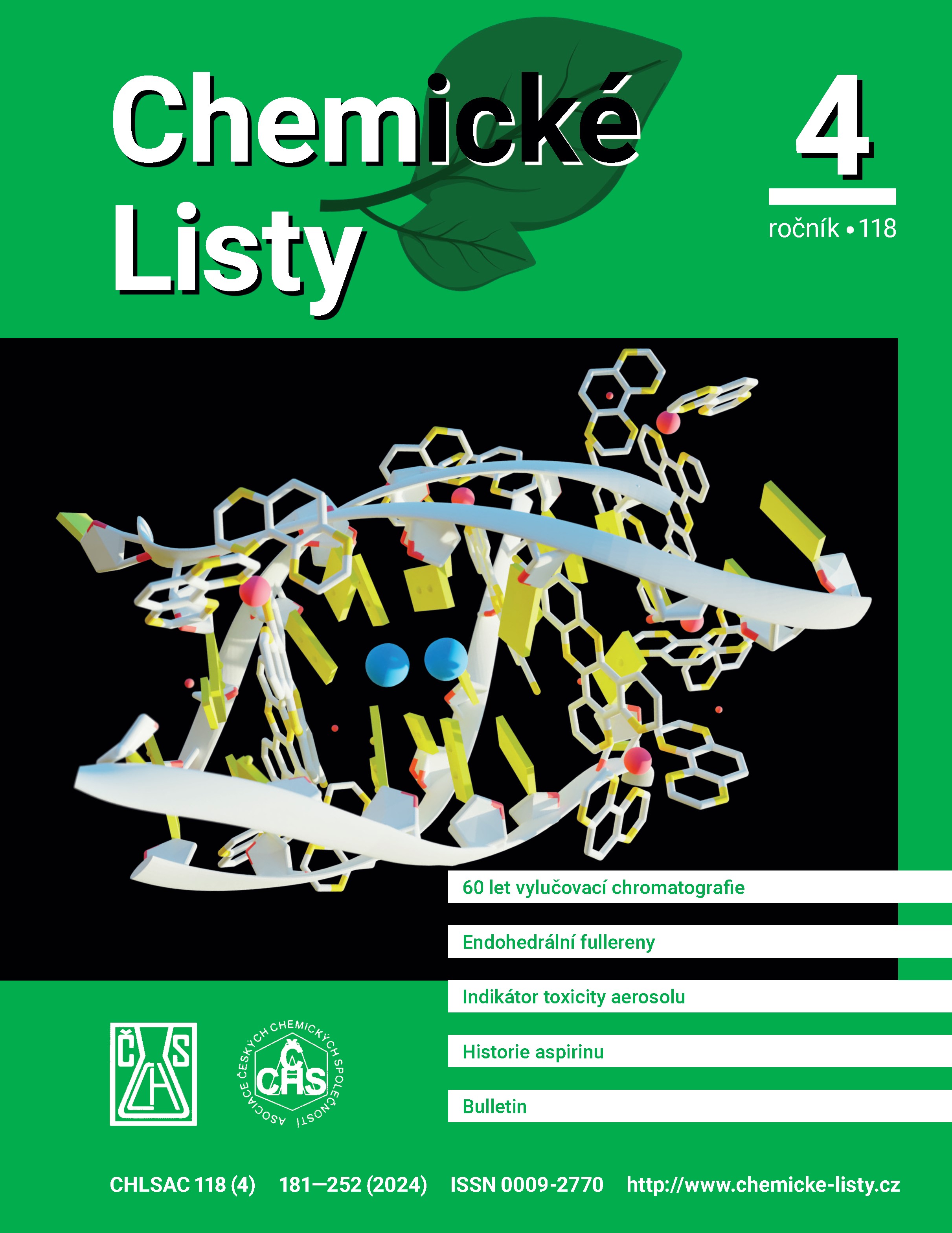Methods for Determining and Predicting Shelf Life of Food Products
DOI:
https://doi.org/10.54779/chl20240211Keywords:
shelf-life testing, microbiological safety, undesirable food changes, food preservation, storageAbstract
The length of shelf life can be determined using storage tests that evaluate the physical, chemical, enzymatic, and microbiological stability of the food. The design of the tests as well as the interpretation of the results require microbiological and technical knowledge and skills. Fresh foods can become microbiologically risky before they noticeably spoil. These products will require additional studies such as predictive microbiological models or challenge tests in addition to direct ones. Deterioration of shelf-stable or frozen foods at the end of their shelf life affects quality and consumer acceptance without impacting health and safety. In such a case, accelerated shelf-life testing is recommended, and the Arrhenius model is commonly used to determine the relationship between chemical reaction rate and temperature change.





